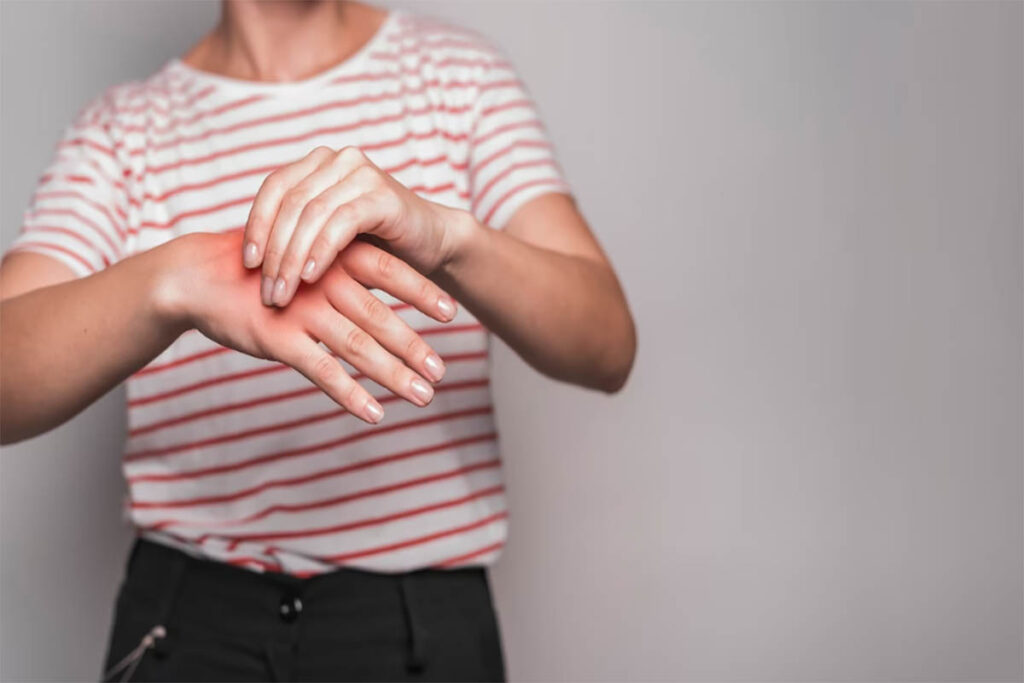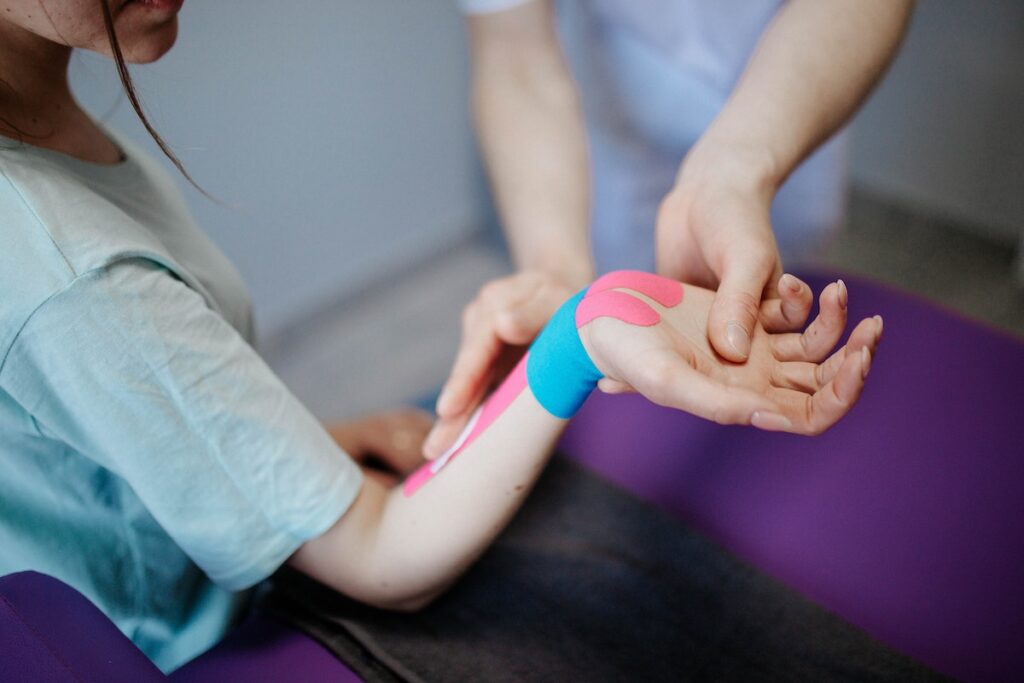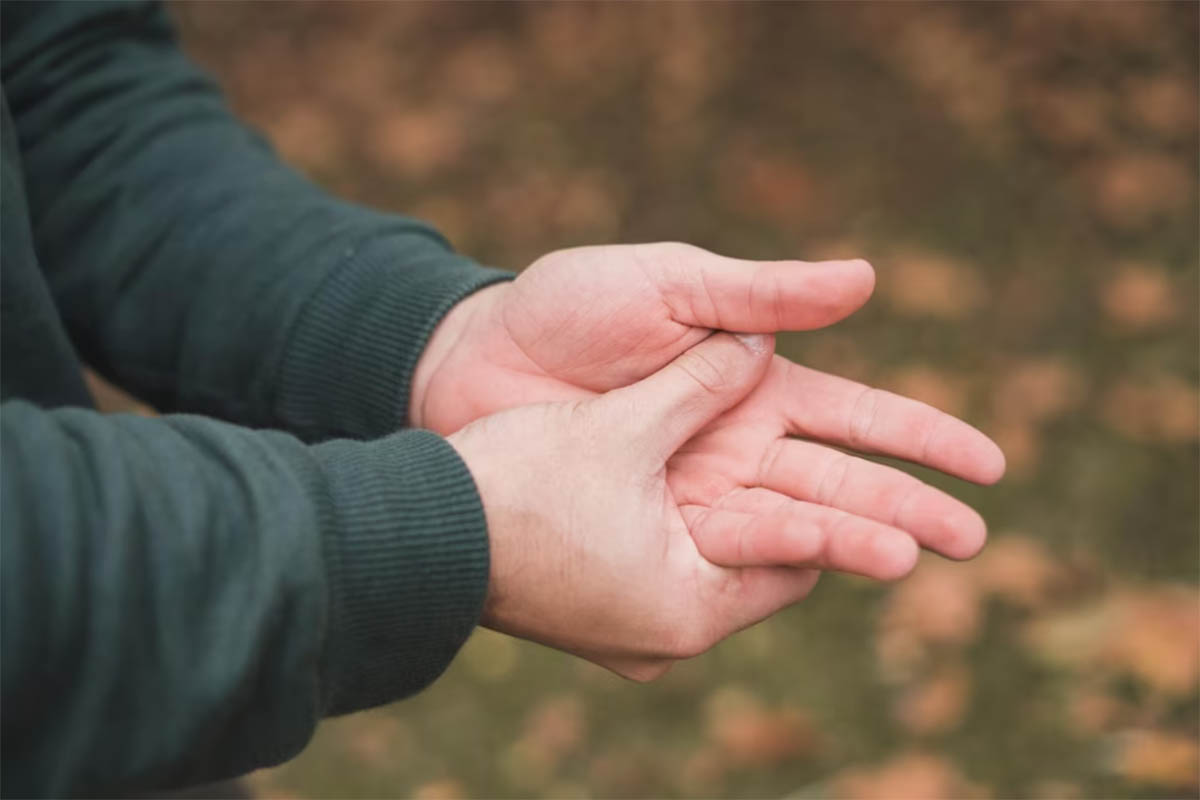Introduction
Pain on the top of the hand can be a frustrating and discomforting experience that affects daily activities and functionality. Whether it’s a sudden onset or a chronic issue, hand pain can have various underlying causes. In this comprehensive 3000-word article, we will explore the common causes, symptoms, and effective relief strategies for pain on the top of the hand. Understanding the root of your hand pain is essential for finding the right treatment and getting back to a pain-free and functional life.
Table of Contents
- Anatomy of the Hand: Understanding the Top of the Hand
- Causes of Pain on the Top of the Hand
- a. Hand Injuries and Trauma
- b. Arthritis
- c. Tendinitis
- d. Carpal Tunnel Syndrome
- e. Ganglion Cysts
- Common Symptoms of Top of the Hand Pain
- Diagnosing the Cause of Hand Pain
- Treatment Options for Pain on the Top of the Hand
- a. Rest and Immobilization
- b. Pain Relief Medications
- c. Physical Therapy and Exercises
- d. Corticosteroid Injections
- e. Hand Splints and Braces
- f. Surgical Interventions
- Natural Remedies for Hand Pain Relief
- a. Heat and Cold Therapy
- b. Hand Stretches and Exercises
- c. Herbal Topical Treatments
- d. Hand Massage
- e. Hand Ergonomics
- Preventing Top of the Hand Pain
- Frequently Asked Questions (FAQs)
- Conclusion
1. Anatomy of the Hand: Understanding the Top of the Hand
The human hand is a marvel of intricate anatomy, consisting of multiple bones, tendons, ligaments, muscles, and nerves. The top of the hand, also known as the dorsum, is where the bones and tendons are most prominent. These structures work together to facilitate movements, grip, and various daily tasks.
2. Causes of Pain on the Top of the Hand

Pain on the top of the hand can be attributed to several underlying conditions. Some common causes include:
a. Hand Injuries and Trauma
Hand injuries, such as fractures, sprains, or contusions, can cause localized pain on the top of the hand. Impact from accidents or falls can lead to fractures of the metacarpal bones or phalanges, resulting in acute pain and swelling.
b. Arthritis
Arthritis, particularly osteoarthritis and rheumatoid arthritis, can affect the hand joints and cause pain on the top of the hand. Arthritis-related inflammation can lead to stiffness, reduced mobility, and discomfort.
c. Tendinitis
Tendinitis occurs when the tendons in the hand become inflamed due to overuse or repetitive movements. It commonly affects the tendons on the top of the hand and can lead to localized pain and swelling.
d. Carpal Tunnel Syndrome
Carpal tunnel syndrome is a condition that results from compression of the median nerve in the wrist. While the main symptoms are usually felt in the palm and fingers, pain can also radiate to the top of the hand.
e. Ganglion Cysts
Ganglion cysts are noncancerous lumps filled with fluid that can develop on the top of the hand near joints or tendons. These cysts can cause pain and discomfort, especially with pressure or movement.
3. Common Symptoms of Top of the Hand Pain
Hand pain can manifest in various ways, depending on the underlying cause. Common symptoms associated with pain on the top of the hand include:
- Localized Pain: Pain that is primarily felt on the top of the hand near the knuckles or fingers.
- Swelling: The affected area may appear swollen or puffy.
- Stiffness: Reduced range of motion and stiffness in the hand joints.
- Weakness: Difficulty in gripping or carrying objects due to weakness in the hand.
- Numbness or Tingling: In some cases, there may be accompanying numbness or tingling sensations.
4. Diagnosing the Cause of Hand Pain
Accurately diagnosing the cause of hand pain is crucial for effective treatment. A healthcare provider, typically a hand specialist or orthopedic surgeon, will conduct a thorough evaluation, which may include:
- Medical History: Gathering information about any previous injuries, medical conditions, or repetitive hand movements.
- Physical Examination: A comprehensive examination of the hand to assess swelling, range of motion, and tenderness.
- Imaging Tests: X-rays, MRI scans, or ultrasound may be ordered to get a detailed view of the hand’s internal structures and rule out fractures or joint abnormalities.
- Nerve Conduction Studies: For conditions like carpal tunnel syndrome, nerve conduction studies may be conducted to assess nerve function and diagnose nerve compression.
5. Treatment Options for Pain on the Top of the Hand

The treatment for hand pain will depend on the underlying cause and severity of the condition. Some common treatment options include:
a. Rest and Immobilization
In cases of hand injuries or acute inflammation, rest and immobilization may be prescribed to allow for healing and prevent further aggravation.
b. Pain Relief Medications
Over-the-counter pain relievers like nonsteroidal anti-inflammatory drugs (NSAIDs) can help manage mild to moderate hand pain and reduce inflammation.
c. Physical Therapy and Exercises
A hand therapist can design a personalized rehabilitation program that includes exercises and stretches to improve hand strength, flexibility, and function.
d. Corticosteroid Injections
For conditions like tendinitis or arthritis, corticosteroid injections may be administered to reduce inflammation and provide pain relief.
e. Hand Splints and Braces
Wearing splints or braces can provide support and immobilization to the hand, which can be beneficial for conditions like carpal tunnel syndrome.
f. Surgical Interventions
In cases of severe hand injuries or certain conditions like ganglion cysts, surgical intervention may be necessary to remove the cyst or repair damaged structures.
6. Natural Remedies for Hand Pain Relief
In addition to medical treatments, several natural remedies can complement the management of hand pain:
a. Heat and Cold Therapy
Applying a warm compress or ice pack to the affected area can help reduce inflammation and alleviate pain.
b. Hand Stretches and Exercises
Gentle hand stretches and exercises can improve flexibility and promote blood circulation to the affected area.
c. Herbal Topical Treatments
Topical treatments containing herbal ingredients like arnica or menthol may provide temporary relief from hand pain.
d. Hand Massage
Regular hand massages can relax tense muscles and improve hand mobility.
e. Hand Ergonomics
Practicing proper hand ergonomics can prevent further strain and reduce the risk of repetitive stress injuries.


